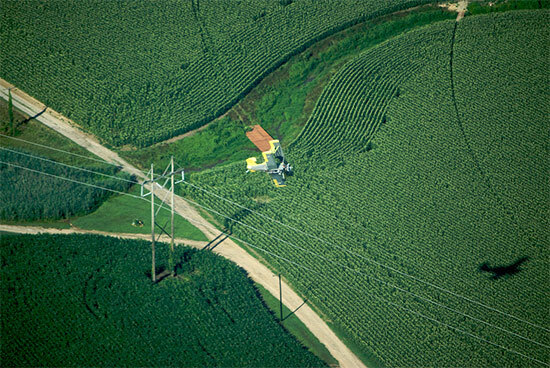Letter from Leadership: Lag-times call for patience in awaiting a restored Bay
It will take time for water quality to respond to our restoration work.
How poor are they that have not patience! What wound did ever heal but by degrees?
William Shakespeare, Othello, Act II, Scene 3
Between fast food restaurants and speed-of-light cell phones, we live in a culture of instant gratification. But the environment around us doesn’t operate that way. Instead, it is slow to respond to changes—like the upsets or imbalances created by human activity.

Scientific evidence shows that many of the pollution-reducing practices we are placing on the ground now may take years to show visible improvements in water quality. One reason? Pollutants can be persistent. French and Canadian researchers, for instance, tracked the movement of fertilizer through a plot of land over the course of three decades. While more than half of the fertilizer applied to the land in 1982 was absorbed by agricultural crops like wheat and sugar beet, 12 to 15 percent remained in the soil. The researchers predicted it would take an additional 50 years before the fertilizer fully disappeared from the environment.
Much of the farmland in the Chesapeake Bay watershed sits over groundwater, now contaminated with high levels of nitrates following years of fertilizer applications above ground. Work by the U.S. Geological Survey (USGS) has shown that it will take a decade for this nitrogen-laden groundwater to flow into rivers, streams and the Bay. On the Delmarva Peninsula, where deeper, sandy aquifers underlie the Coastal Plain, this so-called “lag-time” could take 20 to 40 years.

So what implications could lag-times have for the Bay restoration effort? Last year, the Chesapeake Bay Program’s Scientific and Technical Advisory Committee (STAC) released a report about the lag-time phenomenon. The team of experts concluded that lag-times will affect public perception of our progress toward meeting the pollution diet set forth by the Chesapeake Bay Total Maximum Daily Load (TMDL).
The TMDL requires the six Bay states and the District of Columbia to implement their proposed pollution-reduction measures by 2025. There may be an expectation on the part of the general public and our elected officials that once these measures are fully implemented, the Bay will have met its water quality goals. But now we know that it may take some time before we can make that claim. As 2025 approaches, we must remind the public that lag-times exist and ask for their patience in seeing a healthy Bay. Because through patience—and vigilance—the Bay will be restored.
Note: The opinions expressed above are those of the author and do not necessarily reflect U.S. EPA policy, endorsement, or action.

Comments
There are no comments.
Thank you!
Your comment has been received. Before it can be published, the comment will be reviewed by our team to ensure it adheres with our rules of engagement.
Back to recent stories